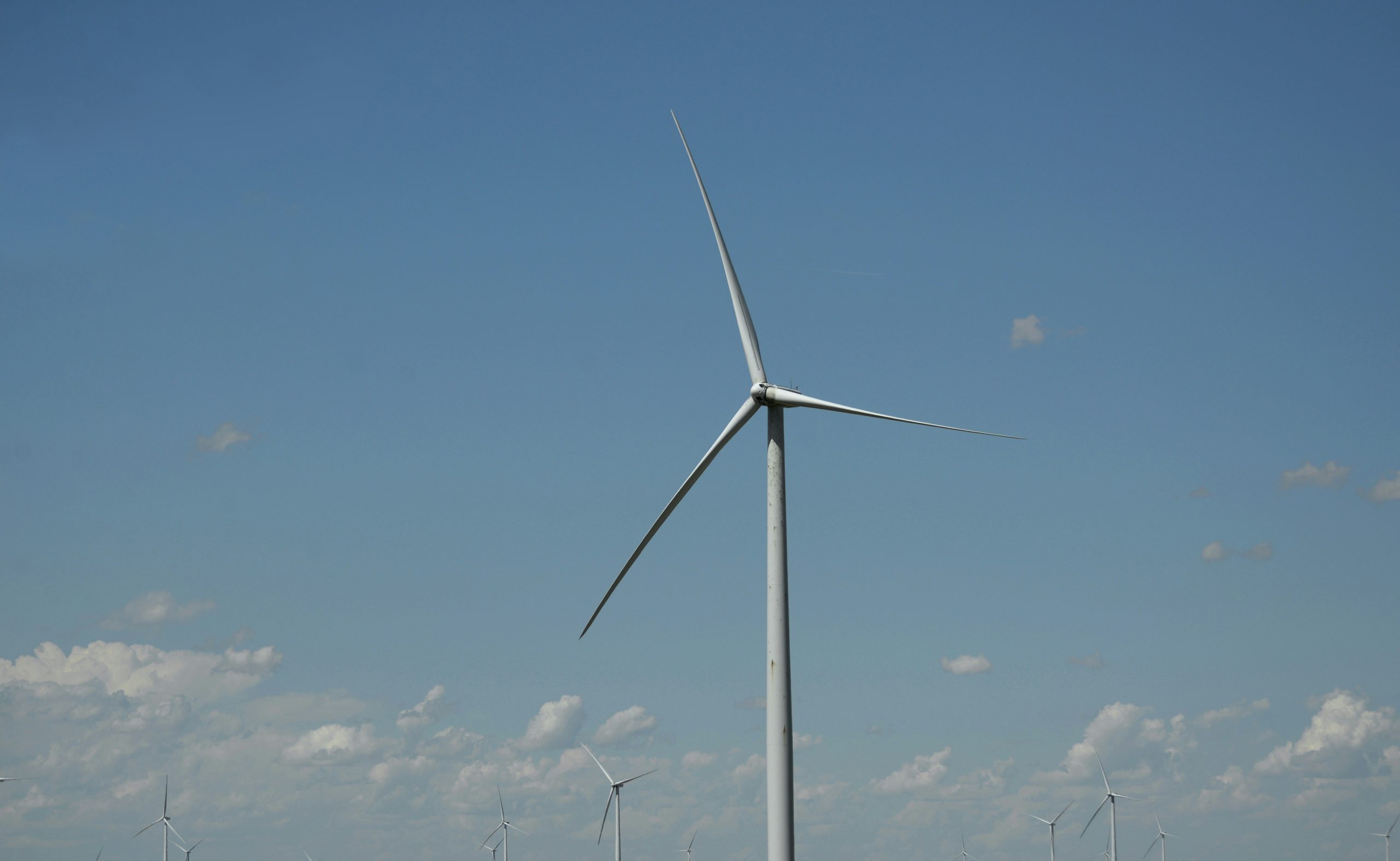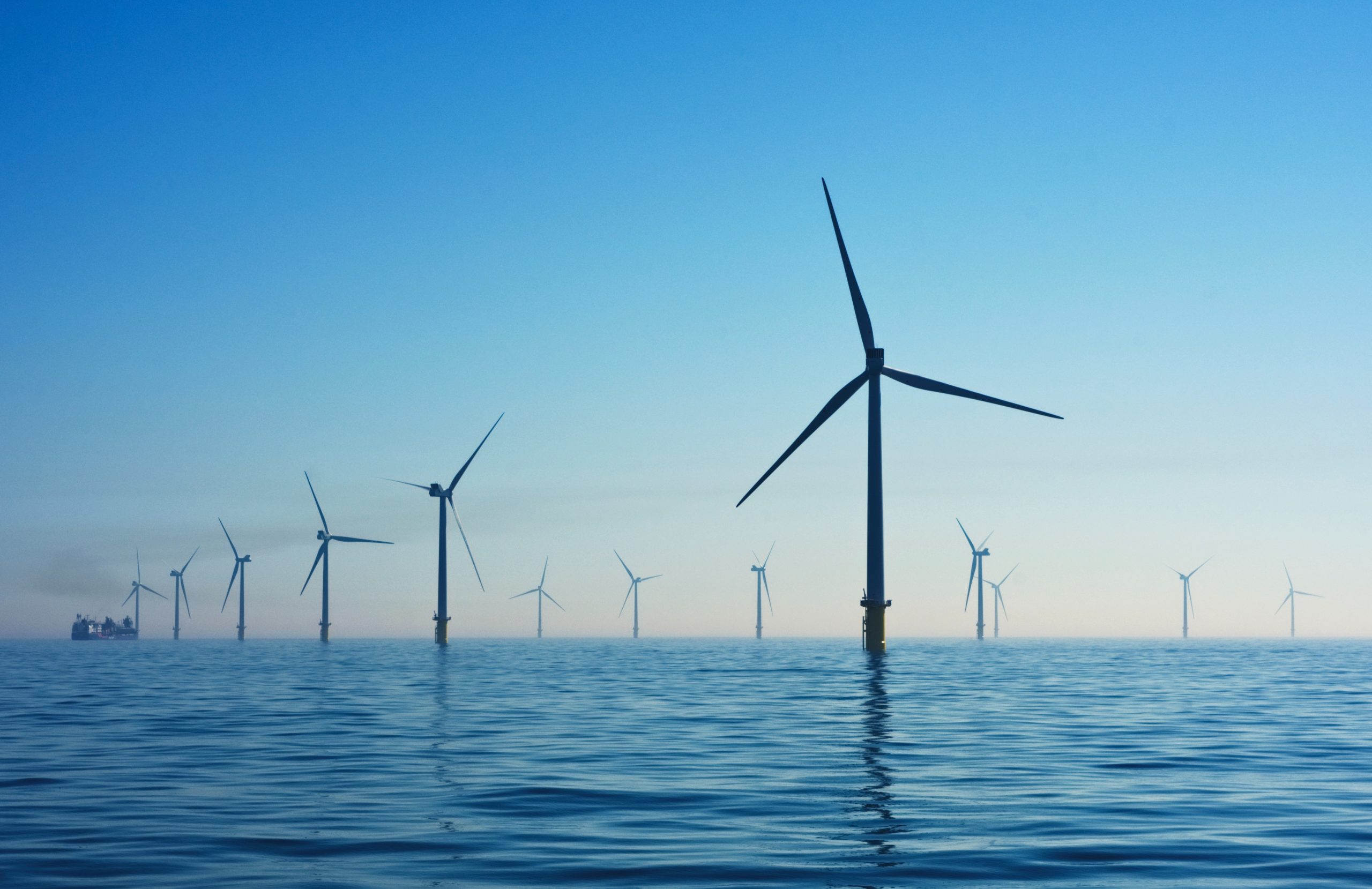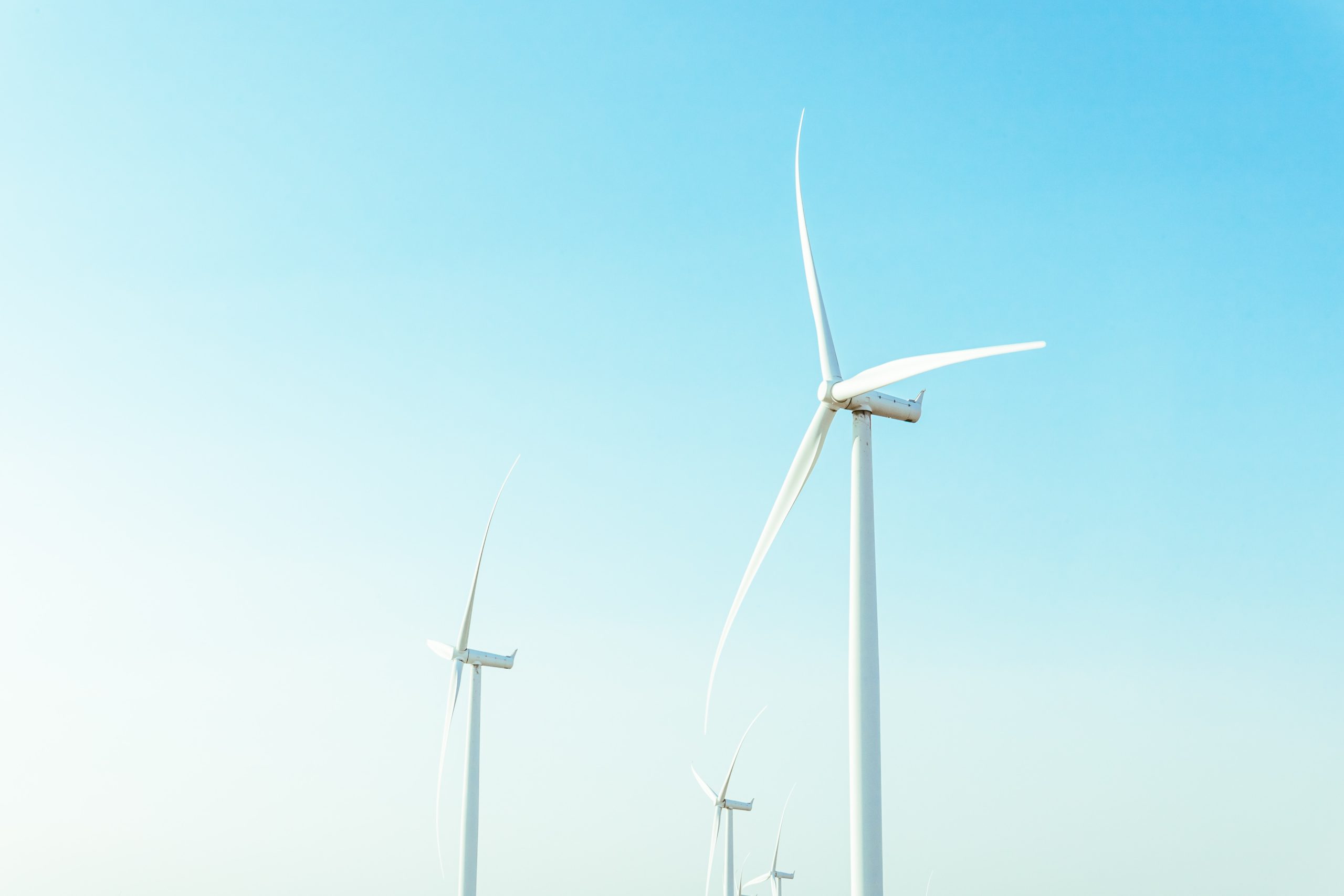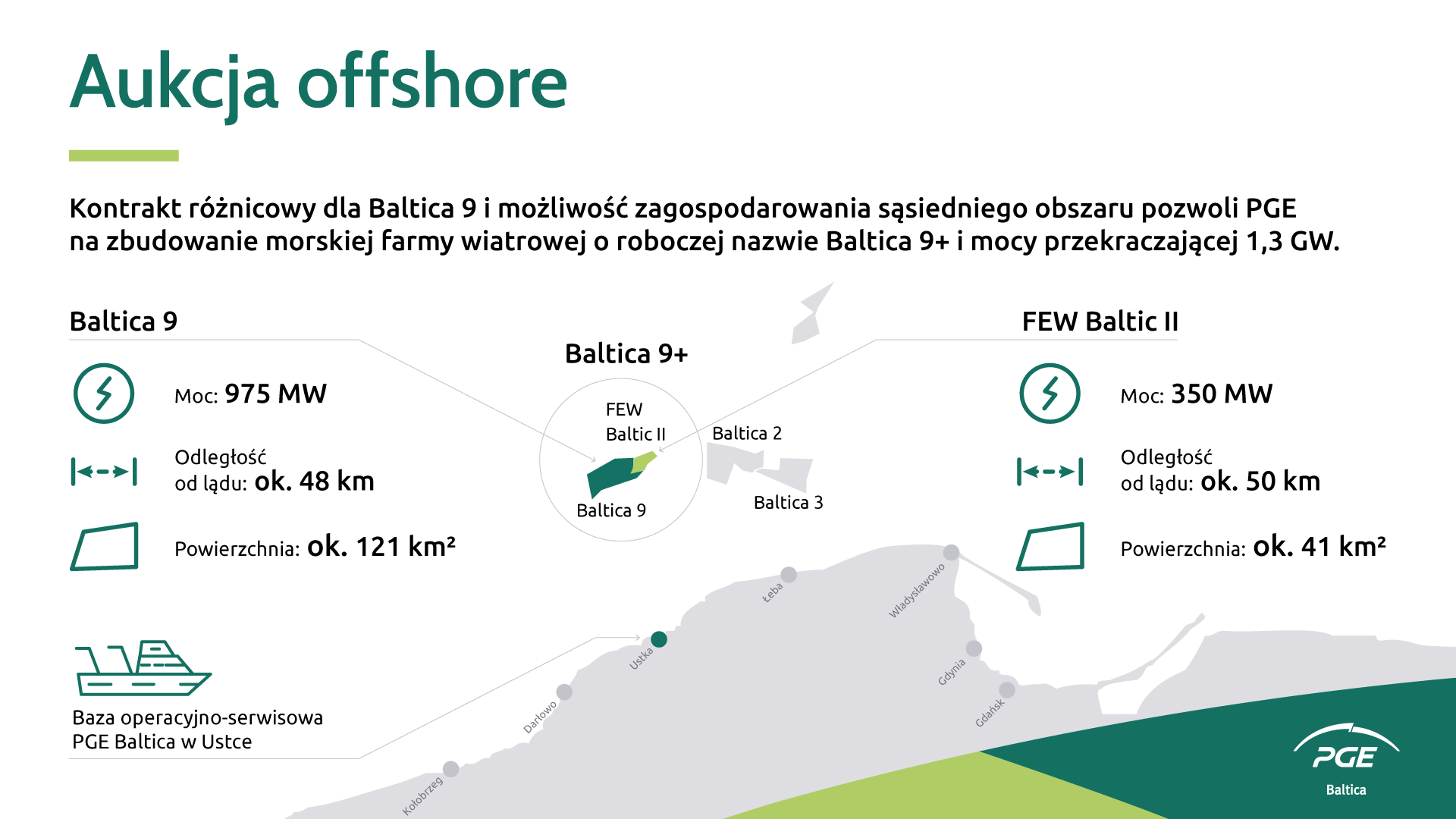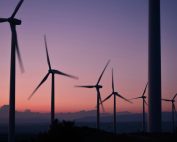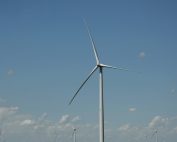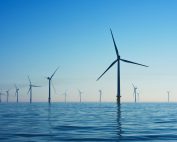As part of a new partnership with leading scientists to improve monitoring of marine life, RWE has launched the SeaMe (Sustainable ecosystem approach in Monitoring the marine environment) project at its Kaskasi offshore wind farm off the German coast. The objective is to gain a comprehensive understanding of the interactions between offshore wind farms and the ecosystem through the use of a sound scientific approach, together with new AI-based and CO2 minimising monitoring technologies.
Sven Utermöhlen, CEO RWE Offshore Wind: “As a global leading player in offshore wind, we feel responsible for building and operating our wind farms in harmony with nature. To deliver green electricity, we invest billions of euros annually in offshore wind. We are committed to expanding our portfolio in an environmentally friendly way. With this in mind, we have set ourselves ambitious sustainability targets and are making all efforts to find ways to improve. With the SeaMe project we are pioneering new techniques that will enable us to better understand the impact of offshore wind on the marine ecosystem.”
Innovative and ecosystem-based biodiversity monitoring approach
Offshore wind is vital to tackling climate change and reducing greenhouse gas emissions. However, it is equally important to ensure that possible impacts on the environment are minimised and mitigated. It is already mandatory by law in many countries to assess and monitor the state of the environment where offshore wind farms are developed, built and operated. These legal requirements, however, often focus on monitoring individual groups of organisms (e.g. fish, marine mammals, birds), and there has been no holistic approach to data gathering. Thanks to new technologies, the simultaneous collection of data and effective data management, the SeaMe project will enable RWE to consider the ecosystem as a whole.
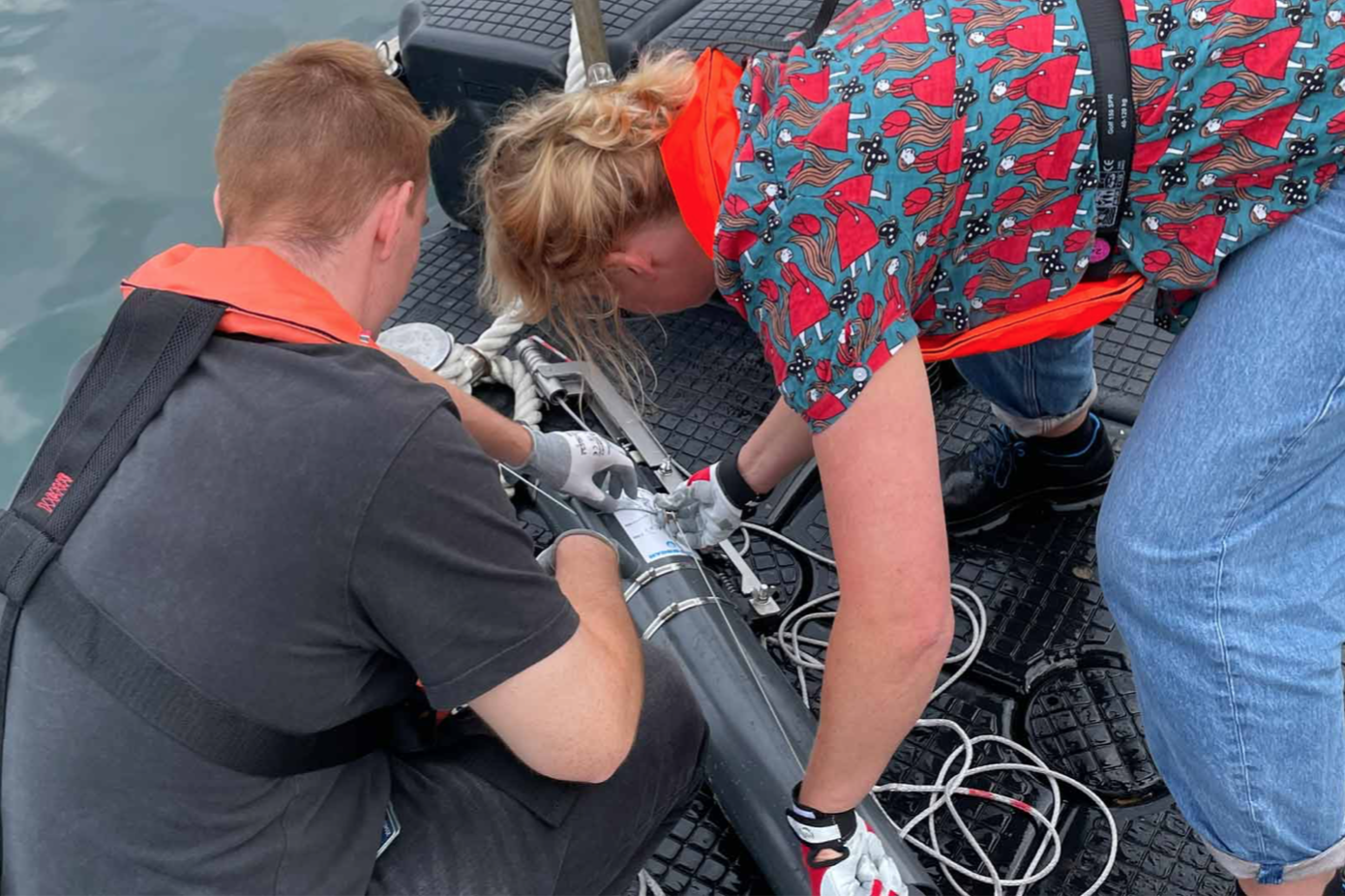
One aim of the SeaMe project is to also monitor key components of the marine ecosystems that are usually left out of conventional monitoring programmes, such as small phytoplankton (microscopic algae) and zooplankton (e.g. krill), which play a vital role in feeding larger animals. In addition, a series of physical parameters such as temperature, salinity and oxygen will be measured to explain any possible changes in the distribution and abundance of species.
Deployment of more environmentally friendly monitoring techniques
The joint project will investigate how innovative techniques can make monitoring less invasive and more sustainable compared to the current monitoring techniques. Whereas planes and ships are routinely used to monitor birds and mammals, SeaMe targets to replace these methods with a drone equipped with an AI-based camera system. SeaMe will also collect water samples and analyse them for environmental DNA. AI-based fish video monitoring will be performed using an autonomous underwater vehicle. Both methods will replace the traditional means of sampling the fish using nets, making the entire process less invasive.
Leading marine scientists to contribute their know-how
The three-year project will be carried out in collaboration with prominent partners including the Helmholtz Institute for Functional Marine Biodiversity at the University of Oldenburg (HIFMB), the Alfred Wegener Institute Helmholtz Centre for Polar and Marine Research (AWI), BioConsult SH, the Danish company DHI A/S and the German Research Centre for Artificial Intelligence (DFKI). The plan is to share the results on a dedicated online public platform.
All tests will take place at RWE’s Kaskasi offshore wind farm, which is located 35 kilometres off the coast of the German island of Heligoland. With a total installed capacity of 342 megawatts, the wind farm is capable of supplying the equivalent of approximately 400,000 German homes with green electricity. From Heligoland a dedicated RWE team efficiently monitors, operates and maintains the wind farm, and also provides support for the SeaMe project.
Source: RWE



